- Hardware
- A
Touch Aerospace
Touch Aerospace - prototype of a touch mouse
Prototype of a touch mouse weighing 40g
Hello, this article is an example of practical use of capacitive sensors instead of physical buttons. I will repeat briefly what it is and why it is needed from the first version - https://habr.com/ru/articles/823380/
A mouse for people with spinal muscular atrophy and other neurological diseases, when it is difficult to press a physical button. (I don't know if you can drag in Dota on this thing, but the client can definitely play CS:GO, while with a regular mouse, he cannot)
Compared to version 1, the functionality has been increased, while the weight has remained the same.
1. Ready software with button configuration settings (it was worth initially buying a model that has this)
2. The case is printed from lightweight aerotex
3. 7 capacitive buttons
The tuning capacitor – 30pF. If there is interference, either the capacitance of the capacitor needs to be increased, or the boards should be fixed to the ceiling with a thicker layer of something (double-sided tape, hot glue, etc.).
The logic is that when touched, the ttp233 board output produces a high level – the transistor opens and connects two pins of the microcontroller instead of a button. When the trace on the case is released, the ttp disables the output – the transistor is turned off – the contact is interrupted.
It's all very simple.
Ttp223 boards were placed on the ceiling, the layout was done with enameled wire, and the power supply was done with non-enameled wire (silver in color).
The sensor leads were made just like in model 1 – wiring through with wire.
I know what you thought when you looked at all these wires – that it's a plumber's nightmare, but it is quite functional. Connectors and flat cables are a separate headache and in a single instance their meaning would be very conditional.
The case is fixed by plastic fusing along the radius and slightly sanded. (because there was no space left for screws and the board takes up all the space). The interface retained all the functions that were out of the box.
Answers to possible questions –
1) it is necessary that a light touch without pressing triggers the button.
2) The front wall is missing because the client prioritized the weight (for the same reason, the bottom is perforated).
3) Regarding disassembly and repair, this is a prototype and is not intended for anyone to disassemble or repair.
4) Inside, there are no moving components or components that may deteriorate over time. The only thing that might break is the wire.
5) Regarding possible upgrades:
1) simplifying assembly for adaptation to mass production, where transistors are not scattered but come as a single assembly;
2) capacitor leads—plates on plastic, not wires;
3) the case is assembled with 3-4 screws;
4) boards without Omrons/encoders to avoid soldering;
5) all TTPs assembled on one board, which already includes a 30pf capacitor;
(but this is already a completely different story, more related to the world of economics than electronics.)
If you want to collaborate, write in direct messages.
If something brought you joy, the donation button is below.

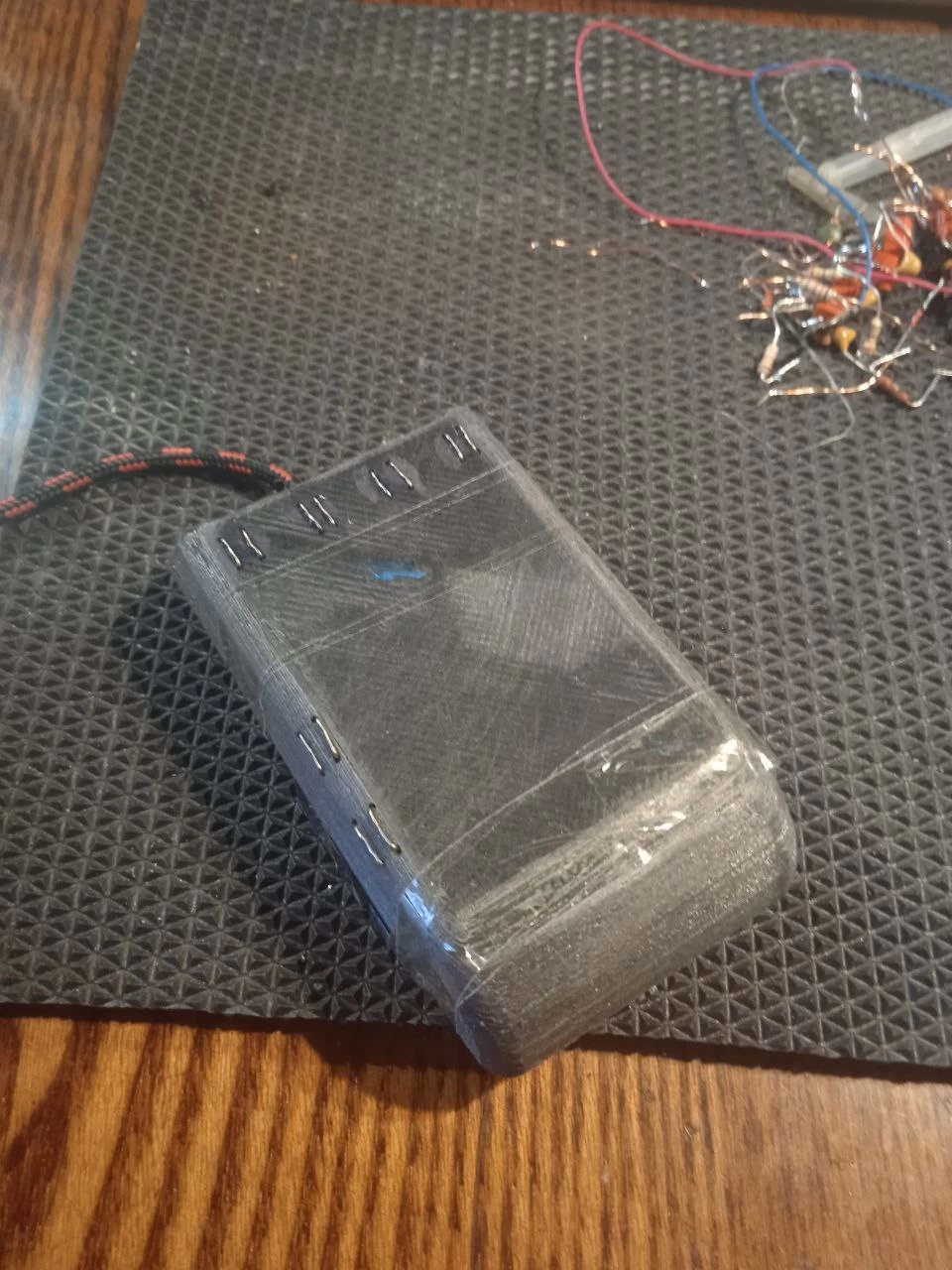
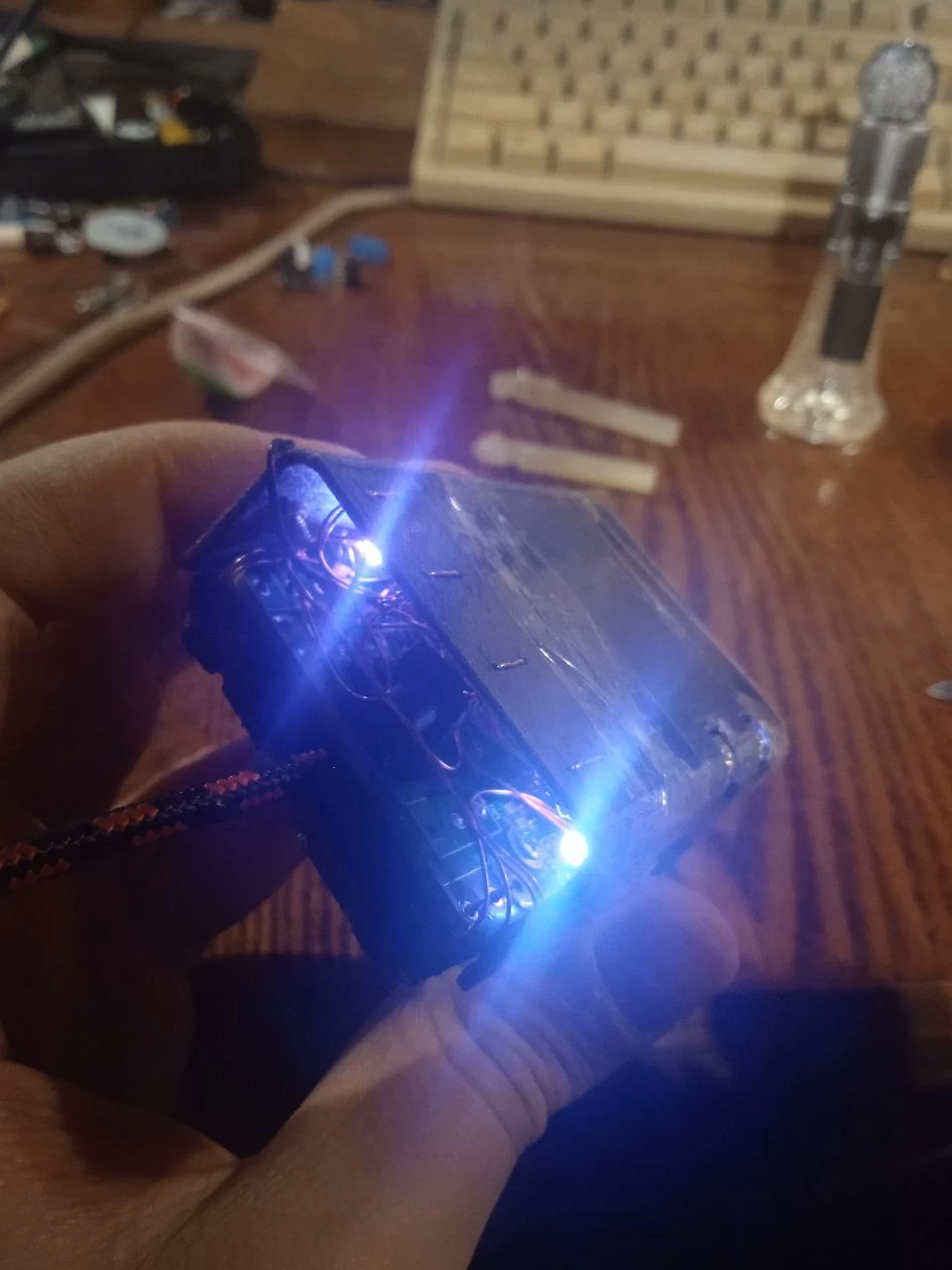
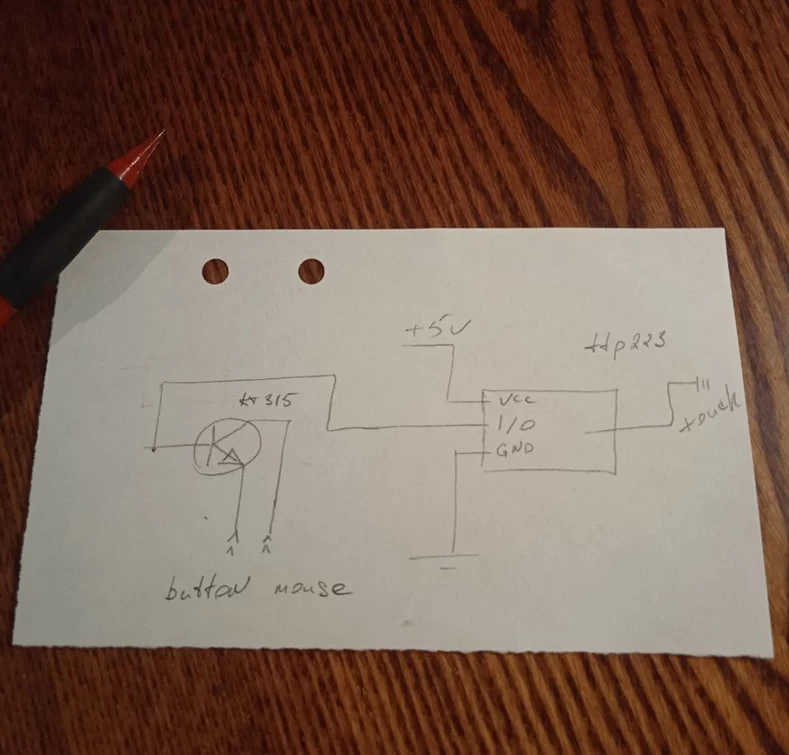
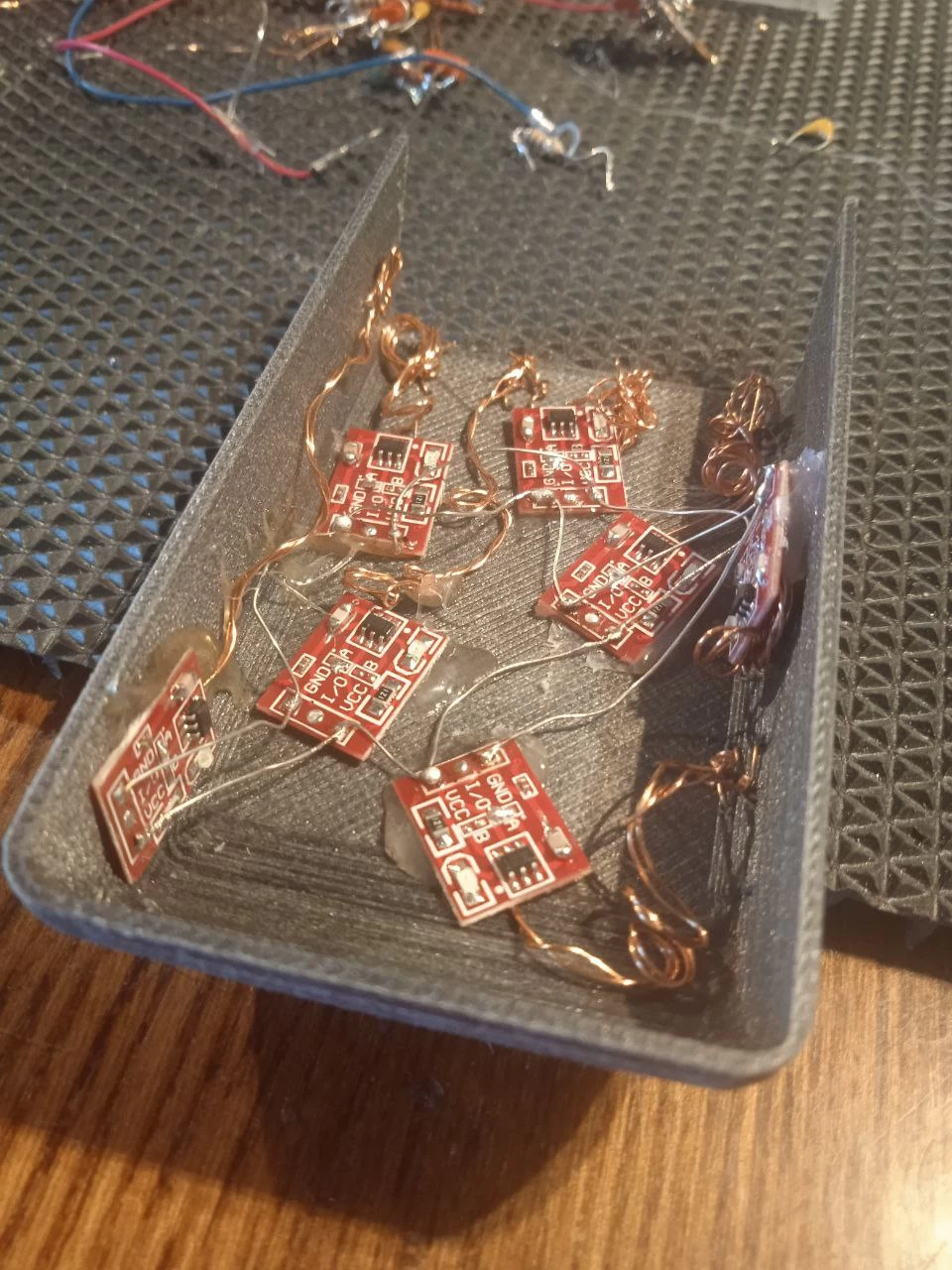
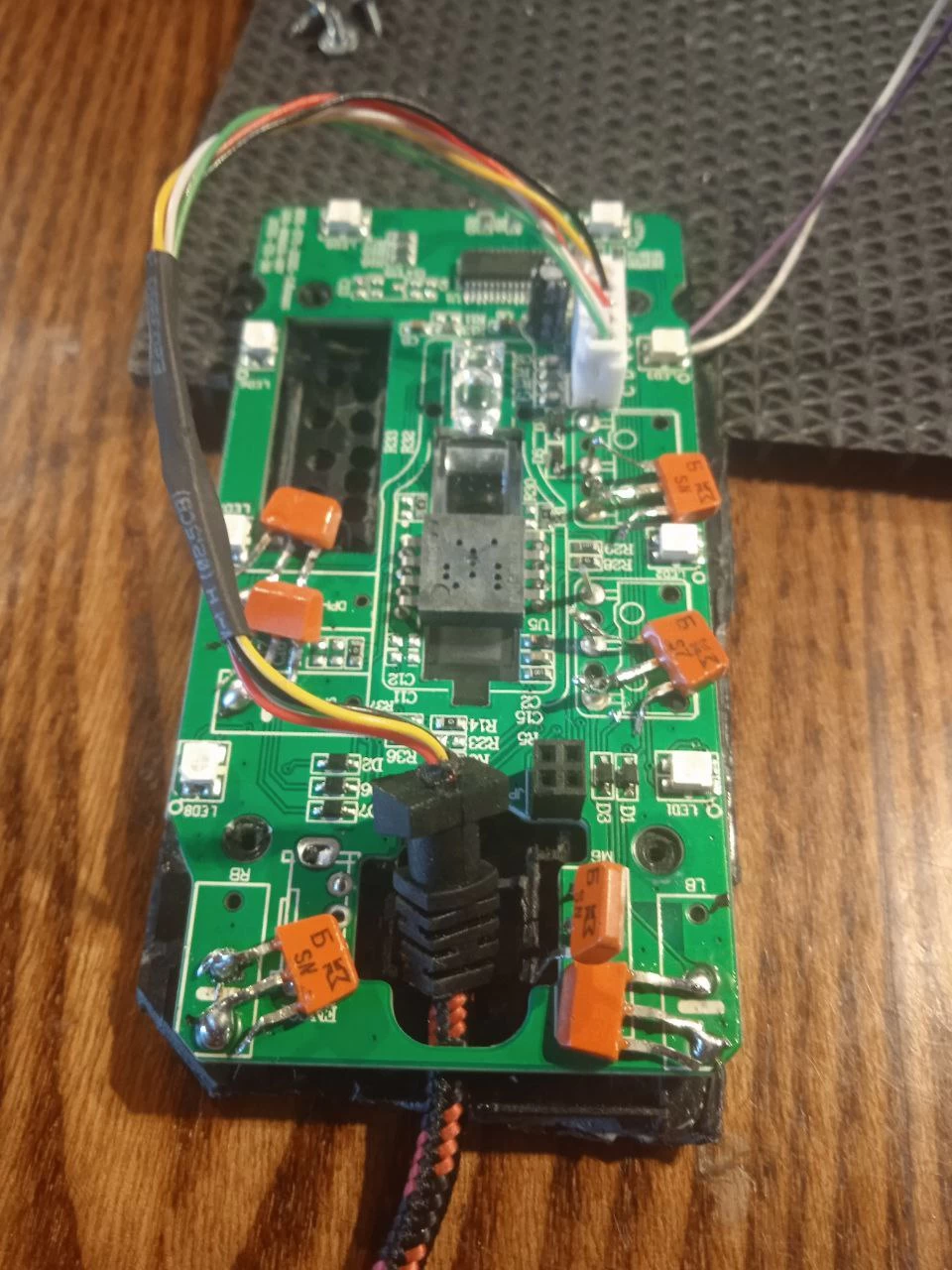
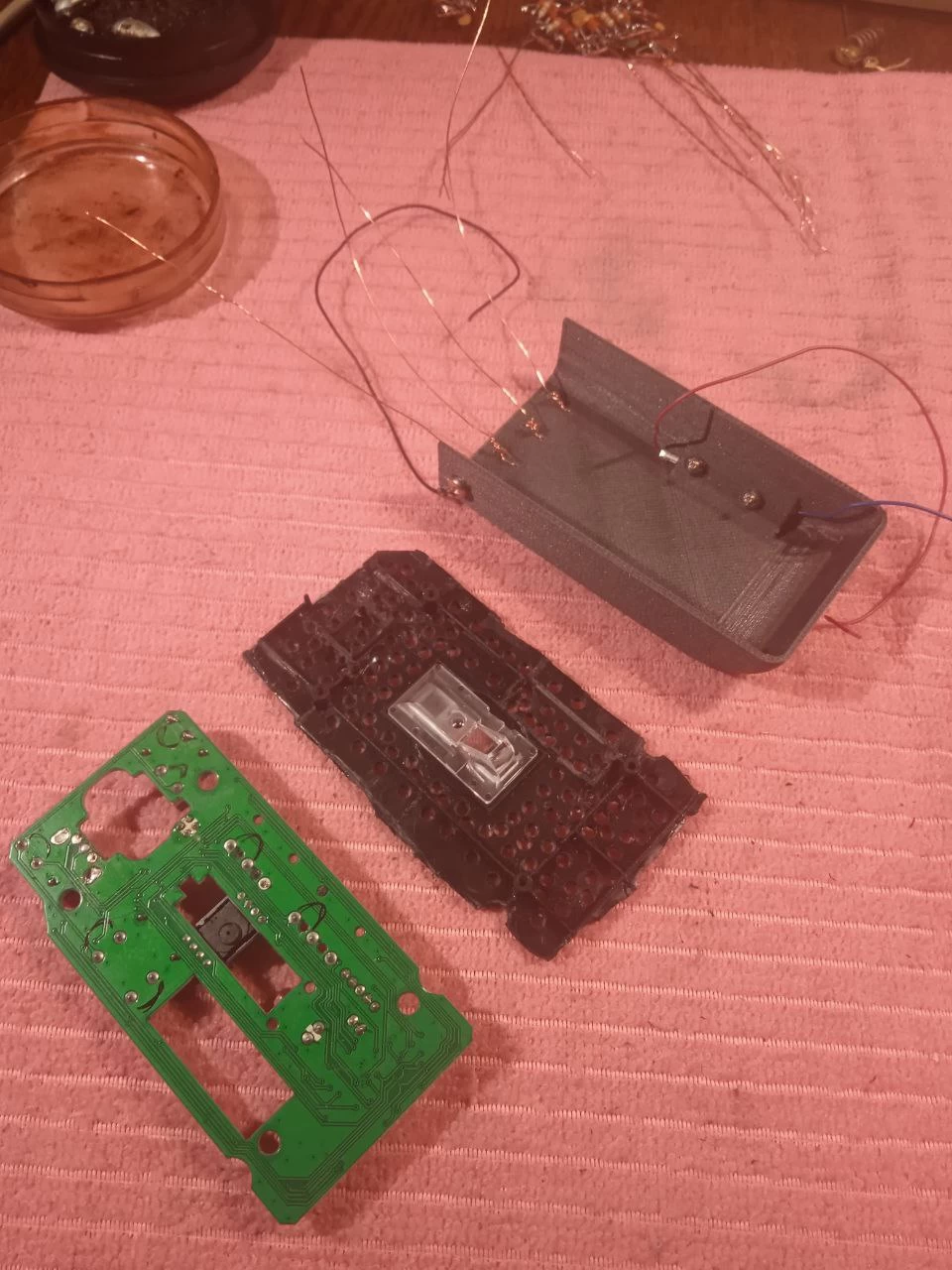
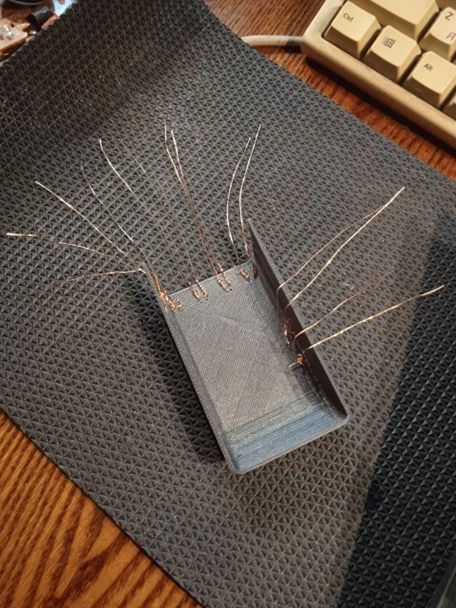
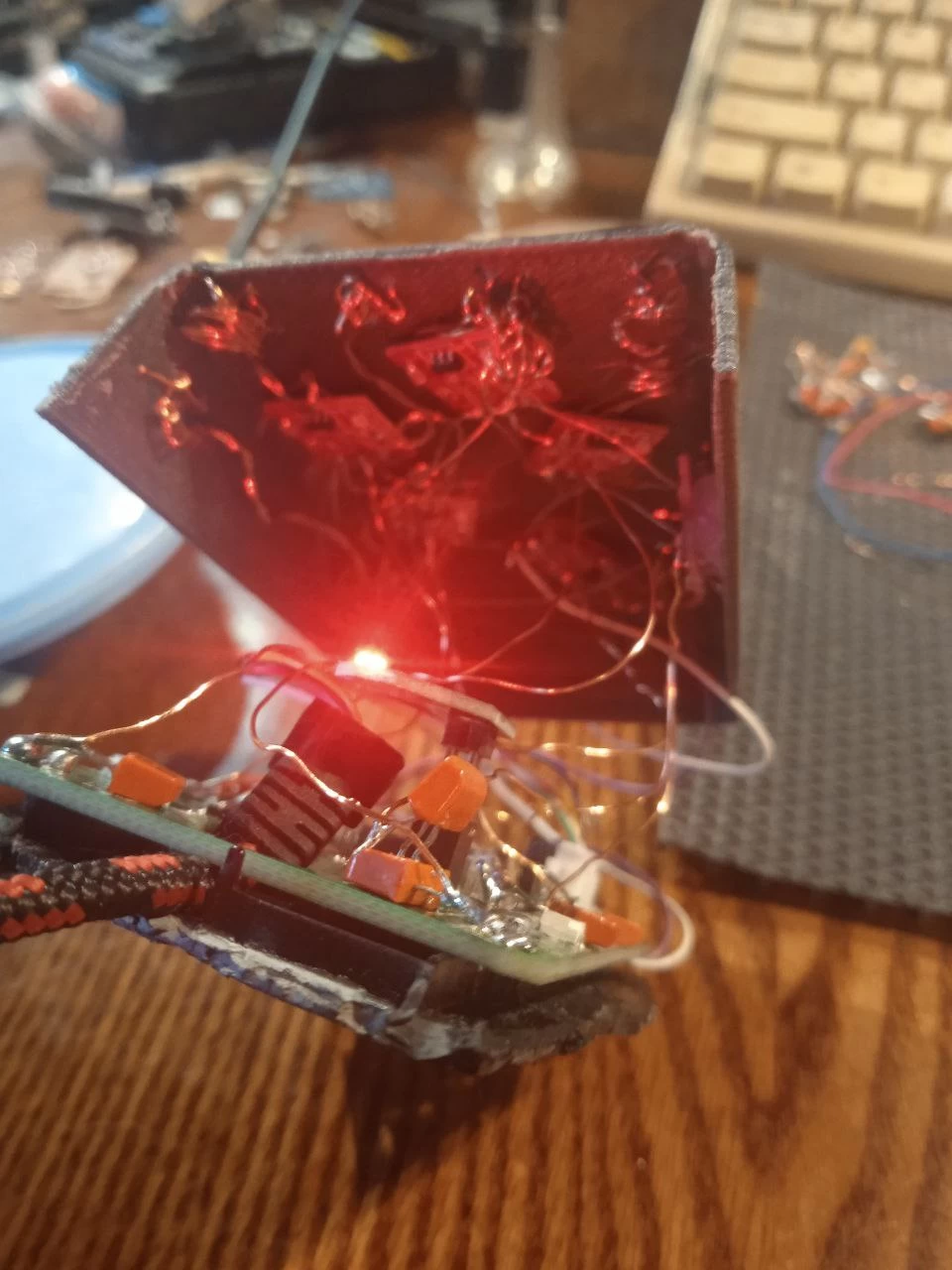
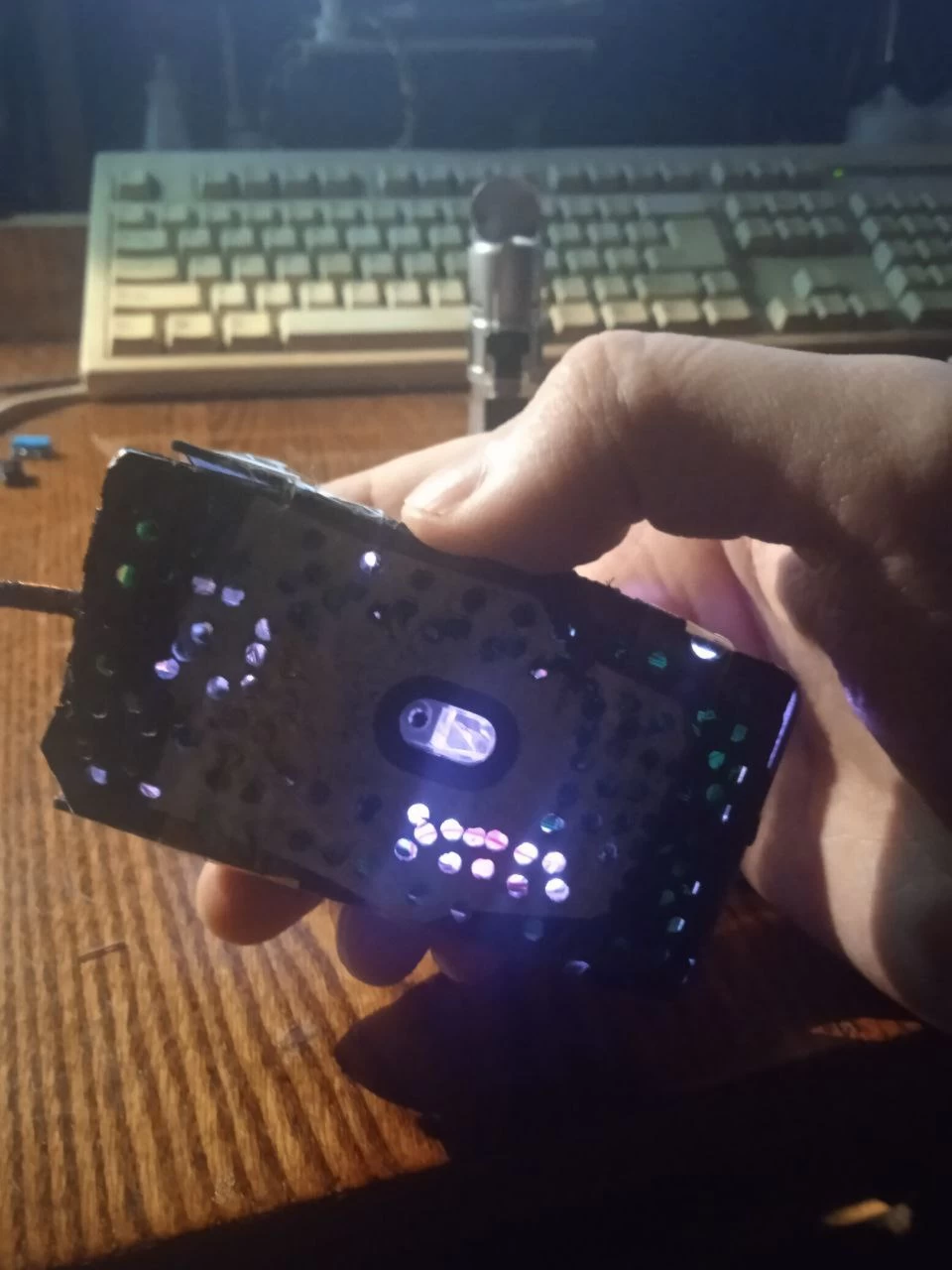
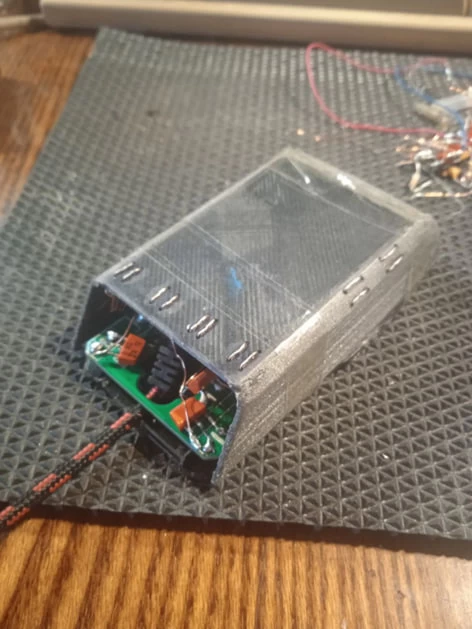
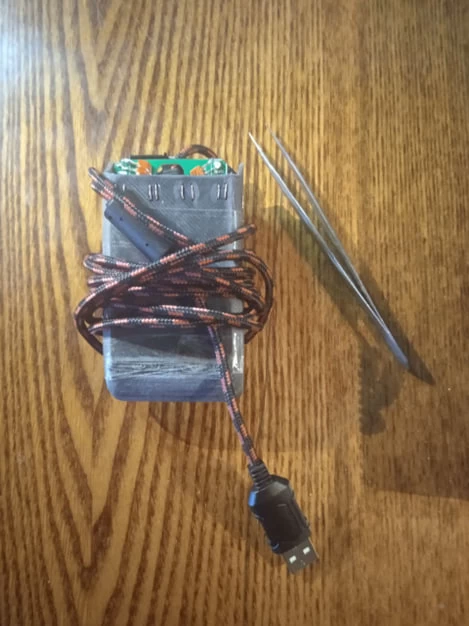
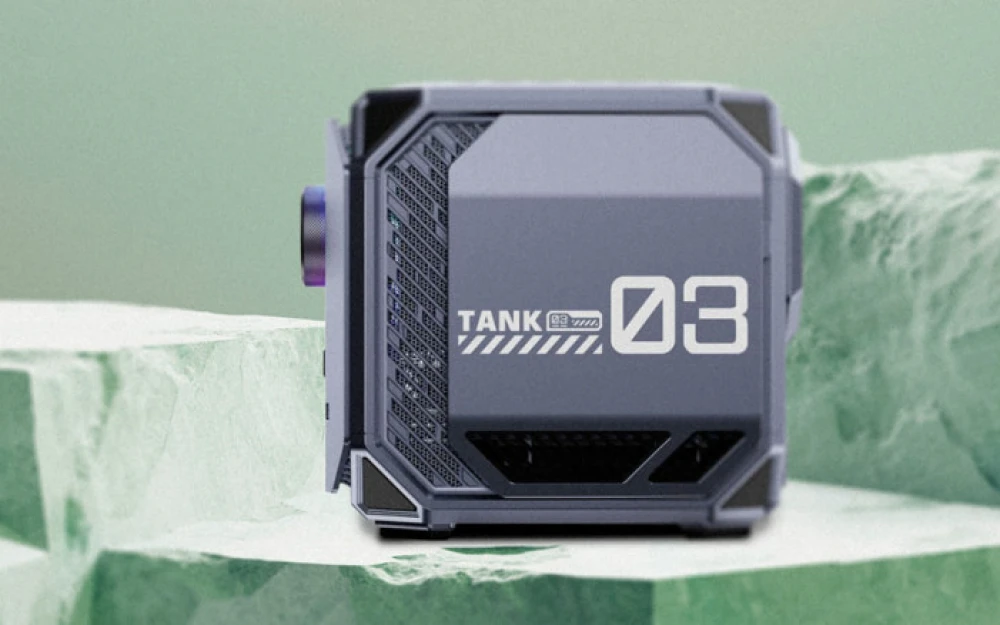

Write comment